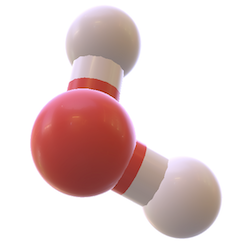Reaction: ESTG translocates to the nucleus
- in pathway: ESR-mediated signaling
Extracellular estrogens diffuse freely across the plasma membrane and into the nucleus. In the nucleus, estrogens interact with estrogen receptors and, in conjunction with other transcriptional regulators, promote changes in estrogen-responsive transcription (reviewed in Hall et al, 2001; Deroo and Korach, 2006; Hah and Kraus, 2014). The estrogen receptor binds endogenous estrogens such as 17 beta estradiol (E2, the most potent ligand), estrone (E1), estriol (E3) and estretol (E4), as well as other physiological ligands such as oxysterols derivatives like 27-hydroxycholesterol (reviewed in Arnal, 2017; Nguyen et al, 2015; Nelson et al, 2013). In addition to naturally occurring ligands, there are many other synthetic estrogen ligands in clinical use that bind the estrogen receptor and modulate biological response. These include agonists, which mimic the effect of naturally occurring estrogens, mixed agonist-antagonists (also known as selective estrogen receptor modulators, or SERMs, which show tissue-specific activities) and antagonists (reviewed in Cosman and Lindsay, 1999; Katzenellenbogen et al, 2000; Bai and Gust, 2009; Farooq, 2015).
Reaction - small molecule participants:
ESTG [nucleoplasm]
ESTG [extracellular region]
Reactome.org reaction link: R-HSA-8939205
======
Reaction input - small molecules:
estrogen
Reaction output - small molecules:
estrogen
Reactome.org link: R-HSA-8939205

